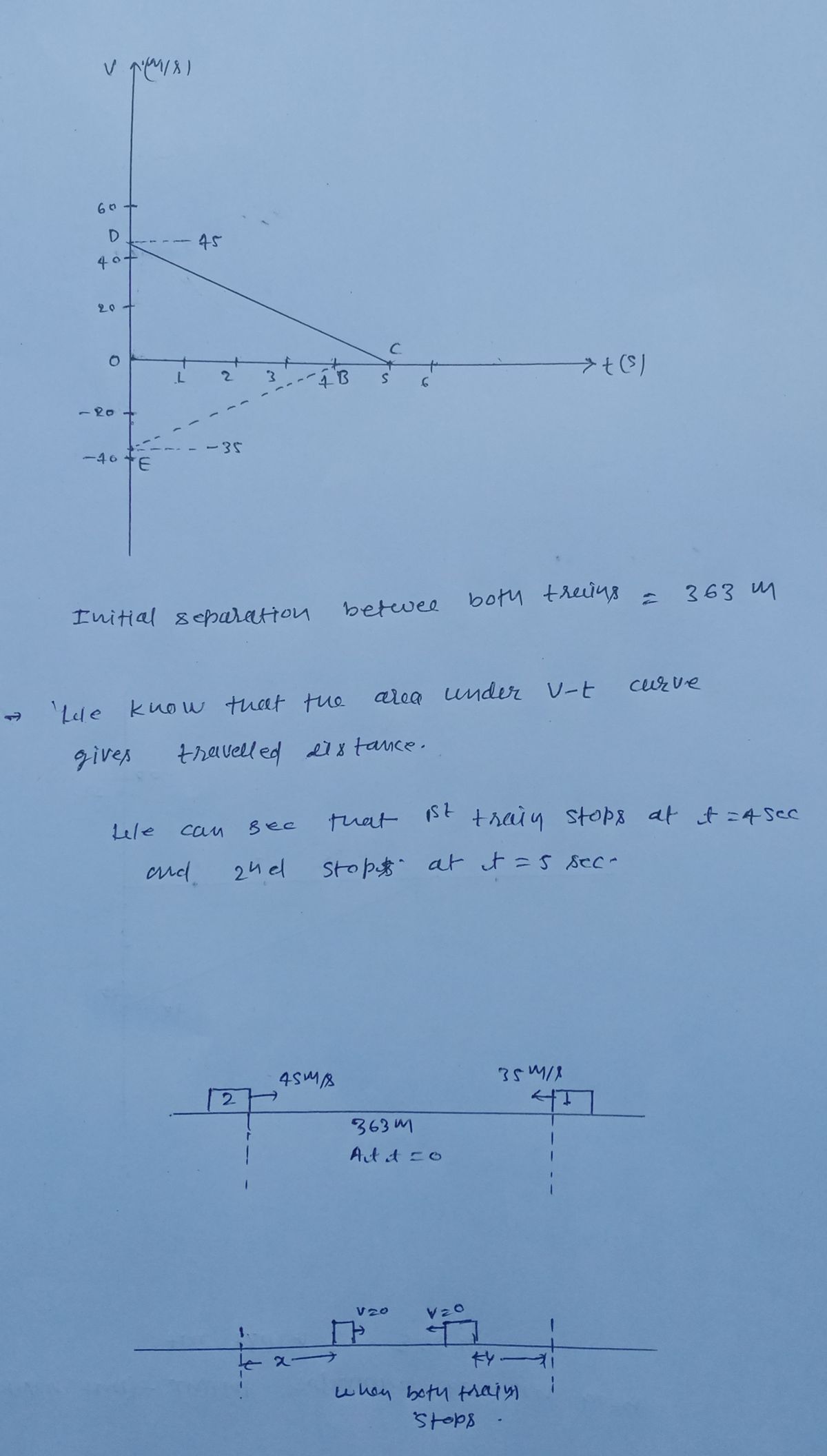As two trains move along a track, their conductors suddenly notice that they are headed toward each other. The figure below gives their velocities v as functions of time t as the conductors slow the trains. The slowing processes begin when the trains are 363 m apart. What is their separation when both trains have stopped? v (m/s) 60 40 20 t (s) 6 1 -20 40 Additional Materials O eBook H Algebra-Squareroots & Squares
Displacement, Velocity and Acceleration
In classical mechanics, kinematics deals with the motion of a particle. It deals only with the position, velocity, acceleration, and displacement of a particle. It has no concern about the source of motion.
Linear Displacement
The term "displacement" refers to when something shifts away from its original "location," and "linear" refers to a straight line. As a result, “Linear Displacement” can be described as the movement of an object in a straight line along a single axis, for example, from side to side or up and down. Non-contact sensors such as LVDTs and other linear location sensors can calculate linear displacement. Non-contact sensors such as LVDTs and other linear location sensors can calculate linear displacement. Linear displacement is usually measured in millimeters or inches and may be positive or negative.


Trending now
This is a popular solution!
Step by step
Solved in 2 steps with 2 images









